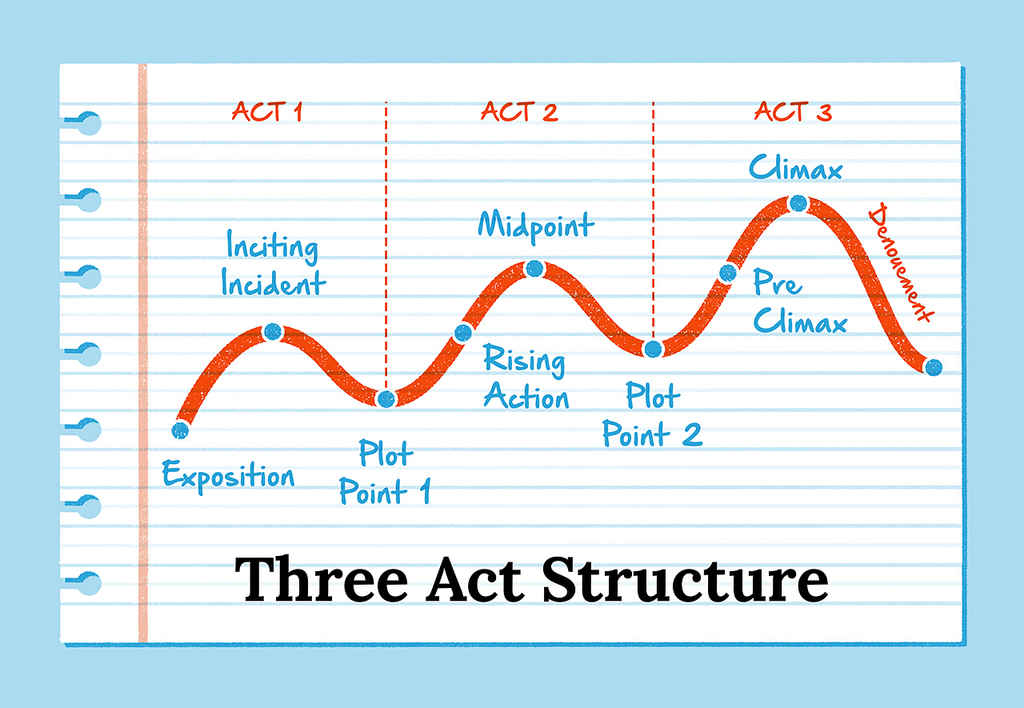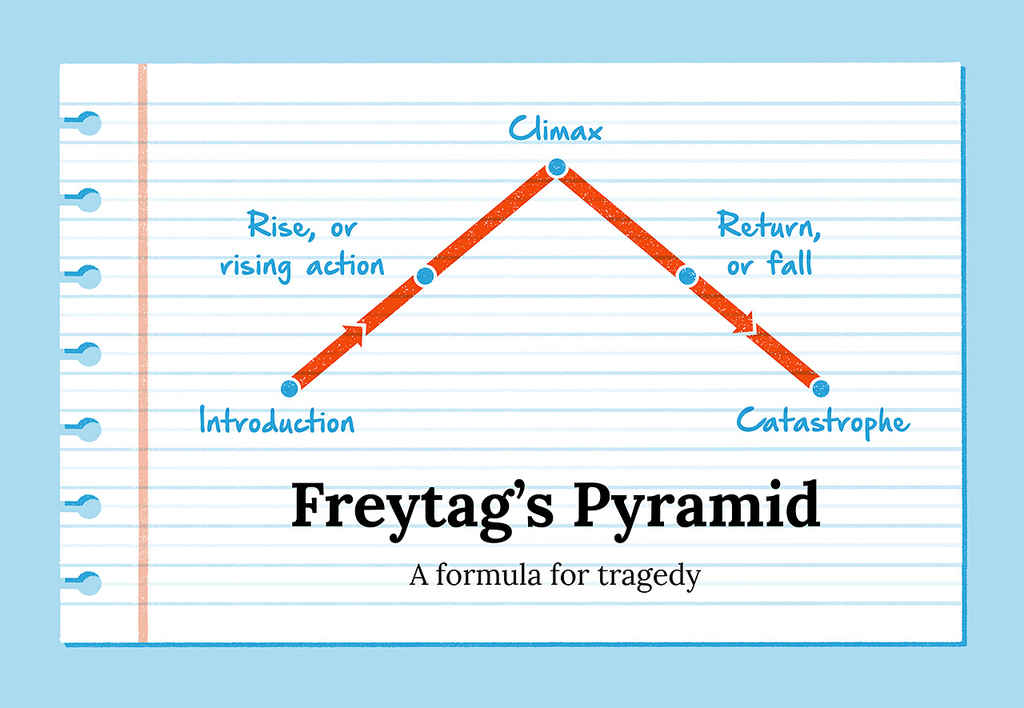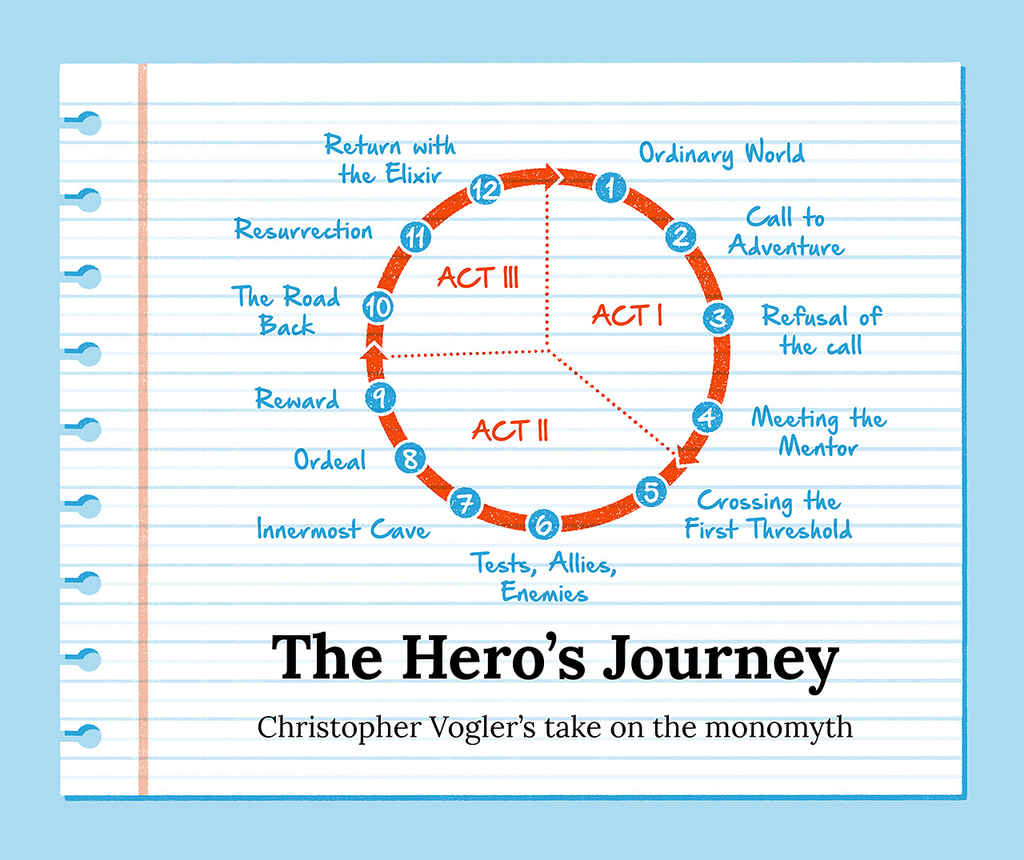The hero’s journey is a story structure that follows the journey of a hero who goes through a series of trials and challenges, eventually emerging victorious. It is often used in epic stories and mythological tales, and was popularized by the comparative mythologist Joseph Campbell in his book “The Hero with a Thousand Faces.”
The hero’s journey typically includes a number of steps, including:
The call to adventure: The hero is called to leave their ordinary life and embark on a journey.
The refusal of the call: The hero initially resists the call to adventure, often due to fear or lack of confidence.
The mentor: The hero meets a mentor or guide who helps to prepare them for their journey.
Crossing the threshold: The hero decides to accept the call to adventure and crosses the threshold into the unknown.
Tests, allies, and enemies: The hero faces a series of tests and meets allies and enemies along the way.
The approach to the inmost cave: The hero approaches the climax of their journey, often facing their greatest challenge or fear.
The ordeal: The hero faces and overcomes the ultimate challenge or crisis of their journey.
The reward: The hero achieves their goal or reward for their efforts.
The road back: The hero begins their return journey, often facing new challenges along the way.
The resurrection: The hero undergoes a significant transformation or change as a result of their journey.
Return with the elixir: The hero returns home, often with newfound knowledge or a gift to share with others.
The master of two worlds: The hero is able to integrate their journey and experiences into their everyday life.
An example of the hero’s journey can be seen in the story of “The Odyssey.” In this story, the hero Odysseus is called to leave his home and journey to the Trojan War. He faces a number of challenges along the way, including being held captive by the cyclops Polyphemus and encountering the sirens. Eventually, he returns home to his wife and son, having gained wisdom and experience from his journey.
Other stories that follow the hero’s journey structure include “The Lord of the Rings,” “The Wizard of Oz,” and “Star Wars.”





